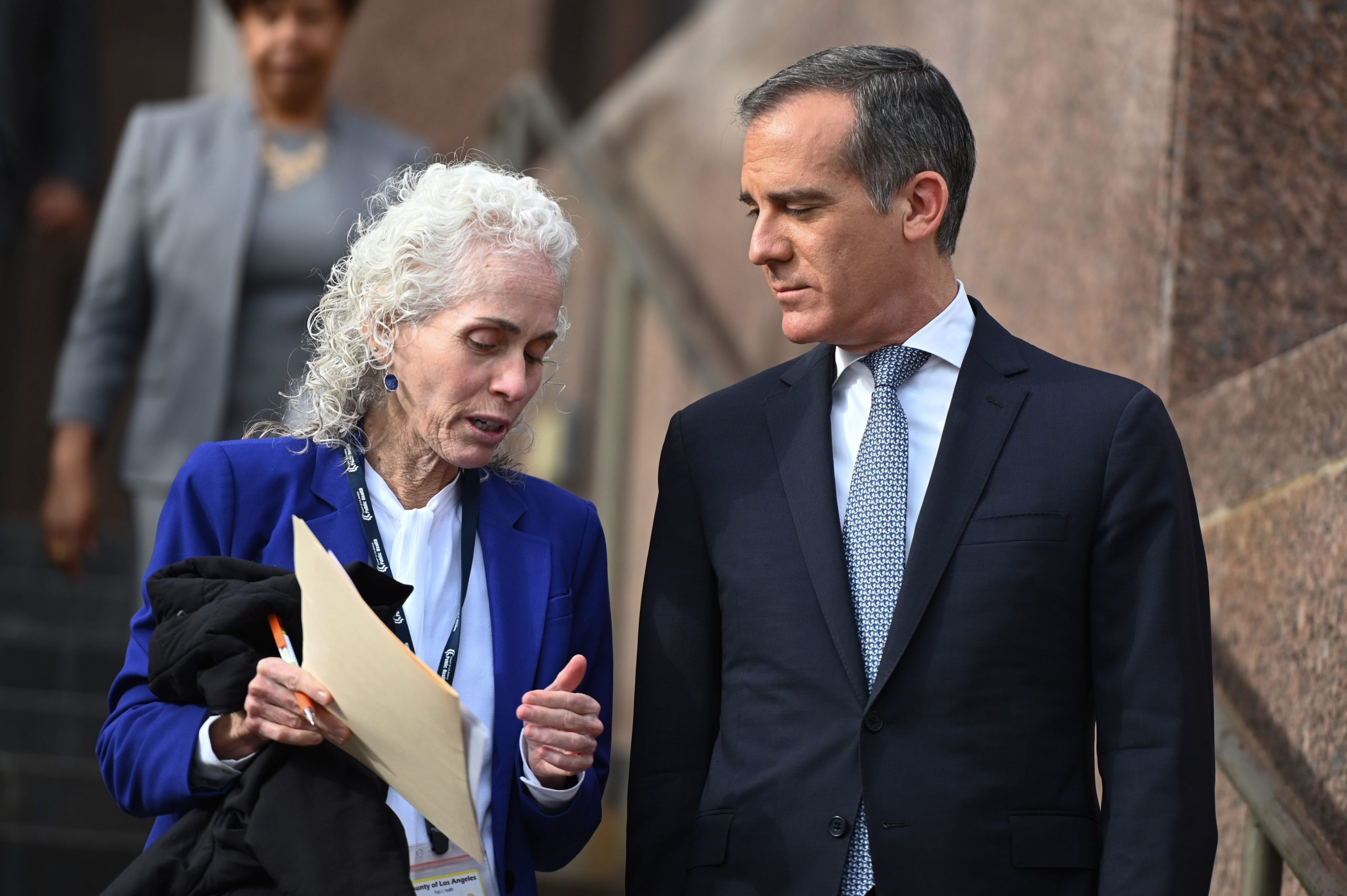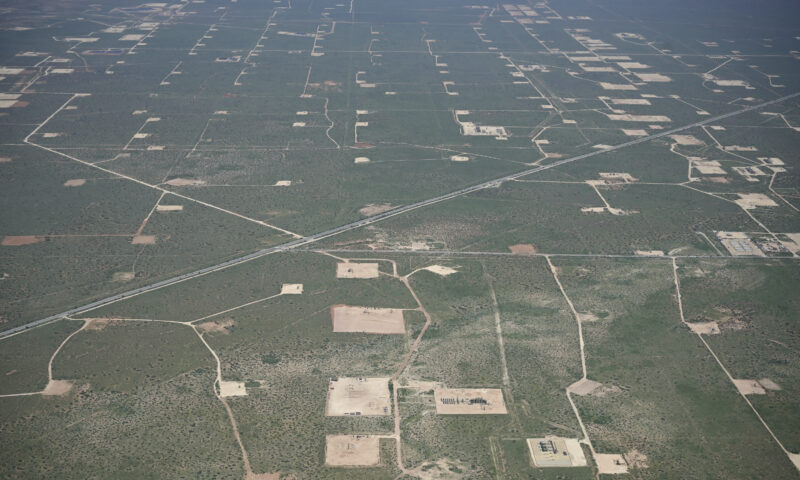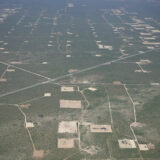Coronavirus
Inspector General May Not Stem Deadly COVID-19 Outbreaks at L.A. Nursing Homes
Advocates ask supervisors to act now as fatalities mount and public health dept. allows COVID patients into facilities with poor track records.

There was a sense of urgency when, on May 26, the Los Angeles County Board of Supervisors considered a motion to increase oversight of nursing homes. Alarmed by the lethal spread of COVID-19 in these facilities, the board — which governs the most populous county in the nation — voted unanimously to appoint an inspector general to oversee the area’s nearly 400 skilled nursing facilities (SNFs).
But more than 450 additional nursing home residents have died of COVID-19 in L.A. County in the month since the board mandated greater oversight, while another 2,000 residents of these facilities have become infected with the virus, according to the California Department of Public Health. And while the county announced Friday the appointment of veteran investigator Max Huntsman as interim inspector general for nursing homes, his first progress report to the board won’t be filed for at least 60 days. A final report with recommendations for reforms will likely take several months longer. That timeline may be of little help to nursing home residents living in the shadow of the worst pandemic in 100 years.
As cases and fatalities continue to mount in L.A. nursing homes, advocates are calling on the Board of Supervisors to take immediate action.
Nearly 1,500 nursing home residents have lost their lives to COVID-19 — almost half of L.A. County’s death toll. And as cases and fatalities continue to mount, advocates are calling on supervisors to take immediate action.
“Sixty days is like a lifetime for nursing home residents right now,” said Michael Connors with California Advocates for Nursing Home Reform in a statement sent to Capital & Main. “Every day is a new nightmare for far too many residents of Los Angeles County nursing homes. There is a tremendous need for greater urgency to fix mistakes and set new directions that could help save residents’ lives.”
Huntsman is a 29-year veteran of L.A. County government who has long served as inspector general for both the Sheriff’s and Probation departments. (He is currently looking into the shooting death of 18-year-old Andres Guardado by a sheriff’s deputy as well as the death of Robert Fuller, a 24-year-old Black man found hanging from a tree in Palmdale.)
Now he is charged with leading a wide-ranging investigation of skilled nursing facilities. The region’s nursing homes have been plagued for years by controversy stemming from poor conditions and lax oversight by the Los Angeles County Department of Public Health (LAC DPH).
Public Health Director Barbara Ferrer did not respond to an interview request for this story, nor did any of the five supervisors, including the co-authors of the inspector general motion, Mark Ridley-Thomas and Kathryn Barger. None of the supervisors provided answers to specific questions from Capital & Main about whether they were considering immediate steps to ensure the safety of nursing home residents.
One of the greatest concerns among advocates is the discharge of COVID-19 patients from hospitals to nursing homes.
Instead, the executive office of the Board sent a statement saying that “all five supervisors are deeply concerned about the issues at skilled nursing facilities in our communities, which have resulted in half the COVID-19 deaths in L.A. County. The Board is determined to find solutions, improve conditions, and advocate for the health and safety of residents whose lives are in the care of these facilities.”
* * *
One of the greatest concerns among advocates is the discharge of COVID-19 patients from hospitals to nursing homes. LAC DPH has approved 21 facilities to accept COVID-19 patients. But data reviewed by Capital & Main show that at least 240 residents of these facilities have died of COVID-19.
Most of the nursing homes designated by public health officials to take COVID-19 patients also have poor overall ratings, higher-than-average health deficiency levels and low staffing. The findings raise questions about whether residents already living in these facilities are being exposed to the potentially deadly virus by COVID-19 patients, whether these discharged patients are receiving adequate care — and how the agency is vetting facilities before designating them to accept those recovering from the disease.
“The County should not be allowing or encouraging hospitals to send patients with COVID-19 to skilled nursing facilities that it knows to be dangerous,” wrote Connors in an earlier statement. “The Board of Supervisors should put a stop to this practice immediately.”
A former senior director at LAC DPH, who spoke on condition of anonymity, said that the Board of Supervisors should ask Public Health Director Barbara Ferrer to go on the record declaring that these facilities are safe for the care of new cases and existing residents. “The Board should ask and have this question answered by COB tomorrow, i.e., ASAP,” the former director told Capital & Main.
Among the 21 facilities approved by LAC DPH to take COVID-19 patients from hospitals, eight have seen 13 or more resident deaths related to the disease.
In a statement, LAC DPH asserted that “for the purposes of vetting potential COVID-dedicated SNFs, we looked at the last two years of evaluation results to determine the facilities best suited to receive COVID-19 patients, while disqualifying any identified SNFs with substandard care. These patients need to transition from acute-care hospitals to skilled nursing facilities, and the facilities listed on our website were chosen based upon a number of key factors including their ability to maximize patient and staff safety.”
The department’s claims, however, are at odds with both state and federal data. Among the 21 facilities approved by LAC DPH to take COVID-19 patients from hospitals, eight have seen 13 or more resident deaths related to the disease, according to the most recent numbers from the California Department of Public Health’s website.
Moreover, 14 of the 21 facilities approved by LAC DPH currently have one- or two-star health inspection ratings by the Centers for Medicare and Medicaid Services (CMS). Based on inspections and investigations conducted by the LAC DPH, these ratings indicate that the results are either much below average (the lowest rating) or below average (the next lowest rating) as compared with other facilities.
Among the 21 facilities, eight have an overall rating of only 1 or 2 on the federal government’s 5-point scale. On adequate staffing levels — a critical factor in infection control — the 21 facilities have an average rating of 2.25 on the 5-point scale, with 15 nursing homes ranking at 1 or 2 stars. The overall staffing rating for registered nurses (RNs) is 1.95 out of 5, with 15 of the 21 facilities ranking at 1 or 2 stars. Only one meets the minimum daily number of hours per resident for certified nursing assistants recommended by experts, and none meet the recommended daily minimum of hours per resident for registered nurses. The facilities also have a 36 percent higher level of health deficiencies than the average California nursing home.
“The problem is, depending on when the inspector general is going to issue a report, people are dying. The longer you wait, the more people are going to die.”
— Dr. Michael Wasserman, president of the California Association for Long Term Care Medicine.
In its statement, LAC DPH maintained that they have “instituted stringent requirements to prevent the spread of COVID-19, such as designated cohort areas and staff to keep residents who are COVID-19 positive or are suspected to have COVID-19 in the same space, separate from those who are COVID-19 negative or do not have exposure to COVID-19.” The department also said that it “follows up immediately if someone tests positive, instituting our stringent protocols to isolate the infected person and initiating contact tracing to help stop the spread of the virus.”
But a registered nurse who works for the Health Facilities Inspection Division of LAC DPH and regularly monitors nursing homes told Capital & Main that the agency is misrepresenting its actions. “The response has not been as stringent as they say,” the nurse wrote in an email, noting that while the public health department issues citations to nursing homes for not following infection control rules, during the pandemic it sent nurses to some facilities without proper personal protective equipment. “They don’t do what they preach. Who is not to say that the DPH nurses were the spreaders for not changing their PPEs?”
* * *
Dr. Noah Marco, chief medical officer at the Los Angeles Jewish Home, a major provider of senior health care services, agrees that the Board of Supervisors should intervene to stop the discharge of COVID-19 patients to facilities with poor track records. “Early in the pandemic, I was a very strong voice against the insane idea of transferring COVID-19 patients into nursing homes that did not have COVID for the purpose of freeing up hospital beds,” said Marco in an email. “It is still inappropriate to transfer new patients with COVID-19 into facilities that do not have the PPE, the infection control protocols, sufficient staff, and adequate testing to meet current requirements.” Marco noted that some facilities may be able to safely accept COVID-19 patients, but that they need to be given intense support and closely scrutinized.
Observers also called on the Board to reverse LAC DPH’s decision to remove from their website information on COVID-19 cases and deaths at nursing homes designated to accept COVID-19 patients. Nineteen of the twenty-one facilities approved by LAC DPH have been taken off the department’s website list of COVID-19 infections and fatalities, making it difficult for the public to know how the disease is affecting residents.
“The County should not be allowing hospitals to send patients with COVID-19 to skilled nursing facilities that it knows to be dangerous. The Board of Supervisors should put a stop to this practice immediately.”
— Michael Connors, California Advocates for Nursing Home Reform.
“The Board of Supervisors should insist that the Department of Public Health immediately disclose the information it has been hiding on the deaths and outbreak histories at these facilities,” demanded Connors in an emailed statement. “The public has an absolute right to know the track record of skilled nursing facilities the County is designating to serve COVID-19 patients. It’s unconscionable to hide this information from those who are living in these facilities now and from those who could be transferred to them in the future.”
Marco, who has sent COVID-19 patients from the L.A. Jewish Home to one of the nursing homes on the LAC DPH list, remarked in an email, “Shouldn’t I know what is going on in that facility, and what their outcomes are? Shouldn’t the public know what is happening in the facilities that are caring for the most vulnerable to this disease?”
LAC DPH, in a statement, said, “Facilities are listed on the website while an outbreak is ongoing – once the outbreak is contained (14 days without any new facility cases), the facility is removed from the list of active outbreaks.”
But Connors of California Advocates for Nursing Homes Reform dismissed this explanation.
“The response would be outrageous even if it were true that the designated SNFs were removed because they have no active outbreaks. But it’s false.”
A registered nurse who works for the Public Health Department and regularly monitors nursing homes says that the agency sent nurses to some facilities without proper personal protective equipment.
A review of the state Department of Public Health website shows that 14 of the designated nursing homes, or two-thirds, have residents currently infected with COVID-19, with a total of more than 250 positive cases.
“Transparency means being truly honest,” said Marco. “It means sharing all data that they have that is appropriate. Transparency means providing the data of the COVID-19 facilities.”
Advocates for nursing home residents, while hopeful that the inspector general’s work will lead to significant long-term change in the quality of nursing home care, expressed concern about the pace of the process and whether it will do anything to protect those residents during the current pandemic.
“The problem is, depending on when the inspector general is going to issue a report, people are dying,” said Dr. Michael Wasserman, president of the California Association for Long Term Care Medicine. “Decisions need to be made in light of the fact that this is a once-in-a-lifetime pandemic. The longer you wait, the more people are going to die.”
Copyright 2020 Capital & Main

-

 Latest NewsDecember 8, 2025
Latest NewsDecember 8, 2025This L.A. Museum Is Standing Up to Trump’s Whitewashing, Vowing to ‘Scrub Nothing’
-

 Striking BackDecember 4, 2025
Striking BackDecember 4, 2025Home Care Workers Are Losing Minimum Wage Protections — and Fighting Back
-

 The SlickDecember 2, 2025
The SlickDecember 2, 2025Utility Asks New Mexico for ‘Zero Emission’ Status for Gas-Fired Power Plant
-

 Dirty MoneyDecember 3, 2025
Dirty MoneyDecember 3, 2025Trump’s Anti-Climate Policies Are Driving Up Insurance Costs for Homeowners, Say Experts
-

 Child FarmworkersDecember 5, 2025
Child FarmworkersDecember 5, 2025To Protect Underage Farmworkers, California Expands Oversight of Field Conditions
-

 Column - State of InequalityDecember 4, 2025
Column - State of InequalityDecember 4, 2025Can California Claw Back Some Medi-Cal Care?
-

 Latest NewsDecember 10, 2025
Latest NewsDecember 10, 2025Capital & Main, L.A. Times Win Sidney Award for Reporting on Child Farmworkers
-

 StrandedDecember 9, 2025
StrandedDecember 9, 2025Giving Up on the Dream: Asylum Seekers Try Other Options in Mexico


